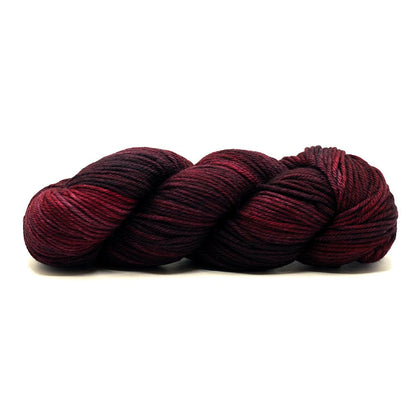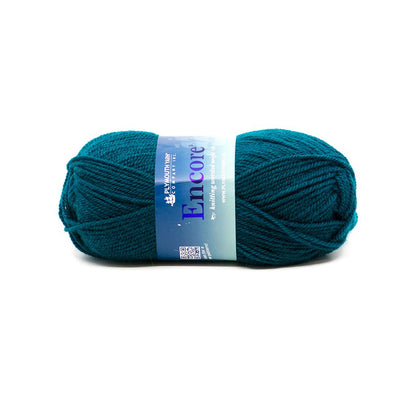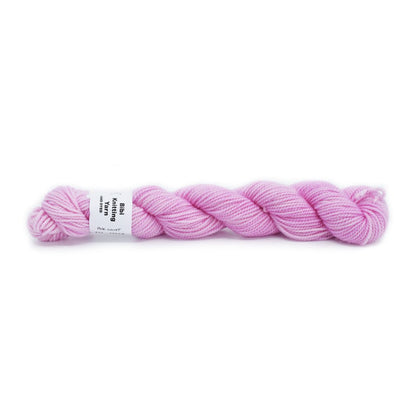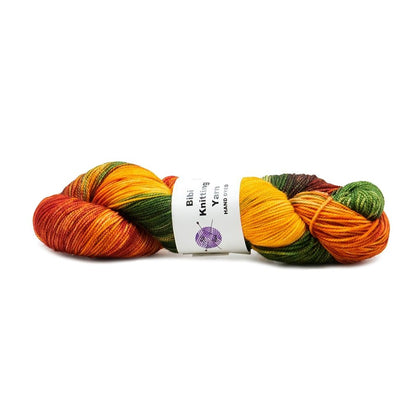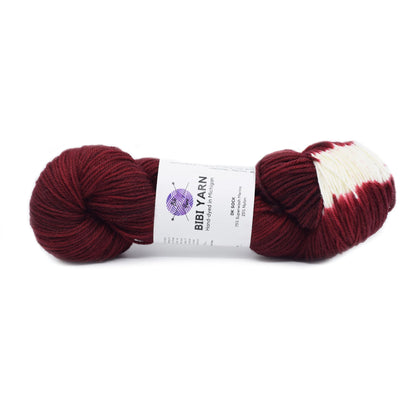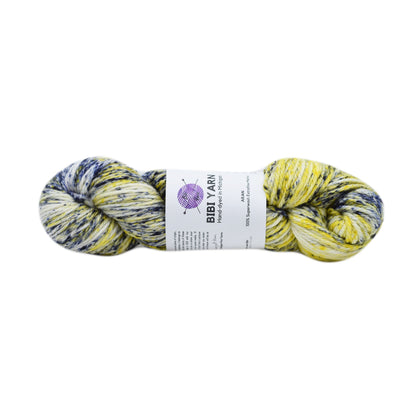A Beginner's Guide to Choosing The Right Yarn Fibers

Have you ever been curious about the difference between a silk/alpaca blend and 100% merino wool?
Or...have you ever seen a pattern and thought, “I have the perfect yarn for that!” only to have the project turn out far from what you expected? You followed the pattern exactly, got the same gauge with the recommended needle and yet it just doesn’t look like the photos you’d seen or the image you had in your head. Chances are the fiber content of the yarn the designer used is different from the yarn you used.
It's helpful to understand a few basics about the yarn you’re using to make sure you love the projects that you spend your valuable time and hard-earned money creating!
There are three primary types of yarn based on what they’re made from - animal, plant and synthetic - and the properties of each type of fiber have a huge impact on the fabric you’re creating. Some showcase textures beautifully and keep their structure, while others have the dreamy softness and drape for your new favorite shawl. It’s also important to keep durability in mind. Is this going to be an accessory for special occasions that you don’t mind hand washing? Or is it a go-to staple that will need to be hard-wearing and machine washable?
We know it can be overwhelming trying to find the perfect yarn for each project when there are so many beautiful choices out there. To help you narrow down the options and start your next project off on the right foot, we’ve outlined some popular fibers and their characteristics. We’ve also provided some suggestions for the types of projects they are well suited for. Print out the handy-dandy cheat sheet to help you remember the basics!

Animal Fibers
- Alpaca - Alpaca is a lightweight fiber with a slightly glossy finish. Fabric created with alpaca is soft, durable and retains heat well. This fiber can be found in many different weights, and makes wonderful sweaters and accessories - especially for colder climates! Beware though, alpaca does not have much memory and doesn’t keep its shape as nicely as other fibers.
- Angora - Angora fiber comes from angora rabbits and is luxuriously soft and thin. This is another very warm fiber that blends well with other types and takes dye well and you'll note many knitting yarns use a blend of angora to achieve extra warmth and softness. This fiber is fluffy and has a tendency to shed and felt as well, so keep that in mind, but it’s a fantastic addition to special items you are willing to take extra care with.
- Cashmere & Mohair - Cashmere and mohair are fibers coming from goats that are softer than standard sheep wools. They are also lighter than traditional wools and have the same insulating properties making them great for items worn close to the skin like scarves, shawls and cowls. Mohair in particular typically has a halo adding a cozy fluff factor to your projects!
- Silk - A very strong fiber, silk is usually combined with other fibers to add a bit of shine and stability. On its own, silk yarn will feel somewhat crisp and smooth, and while it will accept dye initially, the color can fade. Silk will also stretch so if it’s not in a blend, watch out for distortion in your projects!
- Wool - Often used as a generic term, sheep’s wool is by far the most common fiber used for yarn crafting. Wool is heavier, durable and hard-wearing, with elasticity to return to its previous shape when stretched. This is ideal for textured fabrics and also means that wool is wrinkle resistant! Wool can absorb a lot of moisture before feeling wet, but it is susceptible to felting if heat and agitation are applied to damp fibers. There are a wide variety of sheep that produce a wide variety of unique wools, but across the board, wool yarns are going to be workhorses for blankets, sweaters, socks and more.
Plant-Based Fibers
- Bamboo - An environmentally friendly option, bamboo is a lightweight yarn with a nice sheen and soft drape. Good for warmer climates, bamboo breathes well, reflects UV rays and happens to be antibacterial! This fiber will lose some of its natural strength when it’s wet, so it isn’t going to be your best option for frequently-washed items. Shawls, cowls and scarves would be a great choice to try out this renewable resource!
- Cotton - Heavier than some of its plant-based counterparts, cotton is almost universally available in many different forms. Another great option for warmer climates and anyone suffering from allergies to animal fibers, cotton is stronger wet than it is dry so it can be washed and worn regularly. It does have a tendency to be distorted easily, and the lack of elasticity can alter even the most consistent of tensions. Suitable for home projects and warm weather wear, cotton has one of the widest ranges of applications and exceptional stitch definition.
- Linen - Naturally heavy, linen fibers are typically formed into thin yarns and/or partnered with other fibers. A 100% linen yarn is going to feel very stiff - even crunchy, but will soften over time as it is washed and broken in. A sturdy fiber, linen is comfortable for hot weather, but does wrinkle easily. Open, breathable sweaters and other tops are beautiful applications for linen and linen blends. Live in a colder part of the world? Try a sleeveless linen top to pair with your favorite cardigan!
- Rayon - Technically a plant-based product, rayon is a combination of cotton lint and wood chips that are manufactured and processed into yarns. Rayon has a beautiful luster and can handle bright colors and bold dyes. There is no resilience with this fiber, so you won’t want to do ribbed or textured projects with rayon, and if it’s a heavy sweater for example, the fabric will droop and lose its shape.
Synthetic Fibers
- Acrylic - This family of synthetic fibers imitates wool, but doesn’t have the insulating properties of the natural material. Acrylics come in any weight and color you can think of, and is often a go-to for baby products and blankets. These yarns are going to be heat sensitive so take care not to overheat or your project will lose all its shape and end up shiny and sad.
- Nylon - With incredible durability and elasticity, nylon is the strongest of the fibers you’ll find in a yarn. Nylon products can take any number of different forms and looks, but most common is its use in sock yarns to increase the strength of other fibers. Socks without nylon will wear thin sooner and require darning much more frequently.
- Polyester - Used in support of other fibers, polyester adds strength and stability to a yarn. It resists wrinkles and has memory to hold its shape. This is a good option to consider for children’s clothing that will be washed frequently and put to the test!
- Stellina - Want a little sparkle in your project? Stellina has a metallic look - typically silver or gold in color - that doesn’t scratch like other metallic novelty yarns on the market. Often seen in fingering weight sock yarns, stellina is a fun option for a festive look!
Do you have a favorite fiber? One you haven’t tried yet but would love to? Or is there one that haunts your nightmares? We’d love to have you share in the comments below!
Sources:Alpaca Owners Association Inc
How to Knit with Bamboo Yarn
The Knitter’s Book of Knowledge
Vogue Knitting: The Ultimate Knitting Book






